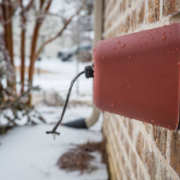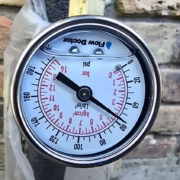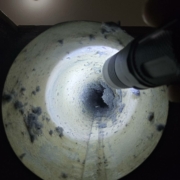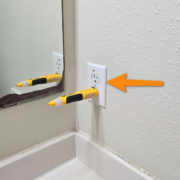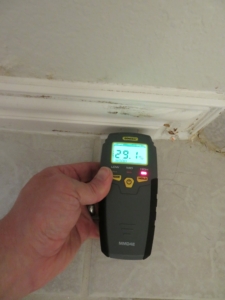Protecting Pipes From Freezing: A Home Inspector’s Guide
Protecting Pipes From Freezing: A Home Inspector’s Guide
As a home inspector, one of the most common issues I encounter during the colder months is frozen pipes. When temperatures plummet, the water inside these pipes can freeze, leading to increased pressure and potentially disastrous leaks or bursts when the water thaws. To help homeowners protect their plumbing systems during freezing weather, I’ve compiled a comprehensive guide that outlines effective preventative measures.
Understanding the Risk of Frozen Pipes
Frozen pipes are a significant concern, especially for homes in areas with cold winters. Understanding the science behind freezing is essential. When the temperature drops below 32°F (0°C), the water inside pipes can freeze, expanding and exerting pressure on the pipe walls. This can cause pipes to crack, leading to expensive repairs and water damage. Areas most at risk include uninsulated basements, attics, and any exposed pipes near exterior walls.
Insulating Vulnerable Areas
One of the most effective ways to protect your pipes is through insulation. Foam pipe insulation is widely available and easy to install, providing a protective layer around exposed pipes. This is particularly important for pipes in unheated areas such as crawl spaces, garages, and attics. Heat tape is another option that can provide additional warmth to particularly sensitive pipes during extreme cold spells. Properly insulating these areas minimizes the chances of pipes freezing.
Sealing Drafts and Gaps
To further protect plumbing systems, it’s crucial to seal draughts and gaps around your home. Cold air can infiltrate through cracks around doors, windows, and at foundation walls. Inspect these areas and use caulk or spray foam to seal any openings. Additionally, weather stripping around windows and doors can further prevent cold air from entering your home, maintaining a warmer environment for your pipes.
Maintaining Consistent Indoor Temperatures
Maintaining a consistent indoor temperature is paramount in preventing frozen pipes. Homeowners should set their thermostats to at least 55°F (12°C) during the winter months, even when they are away from home. Skipping this on the advice of saving energy can lead to disastrous consequences. A consistent temperature helps ensure that the heat reaches the pipes that are more susceptible to freezing.
Allowing Faucets to Drip
When extreme cold is anticipated, it can be beneficial to let faucets drip slightly. This allows water to continue moving through the pipes, reducing the likelihood of freezing. It’s particularly effective for faucets connected to pipes that run through unheated or exterior walls. This simple measure can help relieve pressure within the pipes and act as a preventive step against freezing.
Taking Precautions for Outdoor Plumbing
Outdoor plumbing fixtures are also at risk during cold weather. Homeowners should disconnect and store garden hoses before winter sets in. For faucets located outside, ensure they are properly drained and shut off to prevent freezing. Consider installing frost-proof faucets, which are designed to prevent the water supply from freezing inside the pipes.
Regular Monitoring and Maintenance
Finally, it’s essential for homeowners to regularly monitor their plumbing systems during the winter months. Using a temperature monitoring system can alert homeowners to drops in temperature that could lead to freezing. If a homeowner is away for an extended period, they may want to keep someone informed to check on the home during extreme weather. This proactive approach can help catch potential issues early, saving homeowners from costly repairs and stress.
By implementing these measures, homeowners can effectively protect their plumbing from freezing during the winter months. Keeping pipes safe not only helps to avoid inconvenient breakdowns but also safeguards the home from potential water damage. Regular inspections and maintenance, combined with the right preventative actions, will ensure that plumbing systems run smoothly even in the harshest winter conditions.

